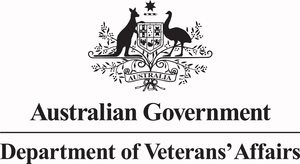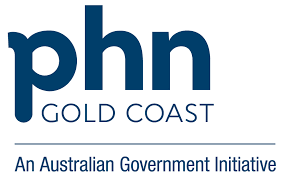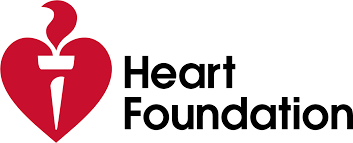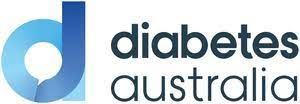ECG Test and Blood Pressure Check
Why have a Heart Health Check?
A blood pressure or ECG test may be part of a heart health check. A heart health check is important as a preventative health measure. It may stand alone or be part of a regular medical examination which is designed to detect potential health issues or risk factors for illness before symptoms occur.
A heart health check will typically include:
- review of the patient's medical history
- physical examination,
- blood tests
- blood pressure and/or ECG test
A health check aims to identify potential health problems early on so they can be treated or managed before they become more serious.
The Importance of a Heart Health Check
There are several benefits from a heart health check:
Early Detection: Regular health checks can help detect potential health problems early when they are more treatable.
- Prevention: Regular health checks can help prevent specific health problems from developing. For example, a cholesterol screening can help identify high cholesterol levels, which can be treated to avoid developing heart disease.
- Monitoring: Regular health checks can help monitor the progression of a chronic condition and assess the effectiveness of treatment.
- Personalised Care: Regular health checks and care plans help ensure individuals receive personalised care tailored to their needs.
- Cost-effective: By detecting and preventing health problems early, regular health checks and care plans can help reduce the overall cost of healthcare
A heart check in our practice typically includes a physical examination, blood tests, and imaging tests to assess the health of your heart and blood vessels. It may consist of an electrocardiogram (ECG) test. You may be referred for a stress test to further analyse conditions such as heart disease or arrhythmia.
Electrocardiogram (ECG) Tracing
An electrocardiogram (ECG) is a non-invasive test that makes a recording of the heart's electrical activity through repeated cardiac cycles.
An ECG is recommended for people with heart conditions or symptoms such as chest pain, shortness of breath, or a family history of heart disease. Benefits include the ability to view the heart's function in real-time, detect heart problems early, and monitor the progression of a heart condition.
The procedure is painless and involves having electrodes attached the chest for a few minutes while the tracing is made. The practice nurse will prepare the reading for your doctor to read and analyse. Further tests or treatment may be recommended if any abnormality is found.
Blood Pressure Check
A blood pressure check is a routine medical procedure used to assess the force of blood against the walls of the arteries as the heart pumps it around your body. Blood pressure is expressed in terms of two measurements: systolic pressure (the higher number) and diastolic pressure (the lower number). It is usually expressed in millimetres of mercury (mmHg) and is given as one number "over" another (e.g., 120/80 mmHg).
- The systolic pressure is the higher of the two numbers and represents the maximum pressure exerted when the heart contracts and pushes blood through the arteries.
- The diastolic pressure is the lower of the two numbers and represents the pressure in the arteries when the heart is at rest between beats.
Both levels are important in assessing cardiovascular health. A normal blood pressure reading for most adults is around 120/80 mmHg, although what is considered "normal" can vary based on factors like age, sex, and existing medical conditions. Elevated blood pressure, known as hypertension, is a risk factor for a number of serious health conditions, including heart disease and stroke.
How is a Blood Pressure Check Done?
- Preparation: You'll usually be asked to sit and rest for a few minutes before the test. It's important not to have exercised, smoked, or consumed caffeine in the 30 minutes before the test, as these could temporarily elevate your blood pressure.
- Cuff Placement: A medical professional places an inflatable cuff around your upper arm. This cuff is connected to a blood pressure measuring device.
- Inflation and Measurement: The cuff is inflated until it compresses the brachial artery, momentarily stopping blood flow. Then the cuff is slowly deflated while the doctor listens with a stethoscope or uses an electronic sensor to detect the sound of blood starting to flow through the artery again. The readings for systolic and diastolic pressures are then recorded.
- Interpretation: Your doctor will interpret the readings based on established guidelines. You may need additional tests if your blood pressure is high, or you may be monitored over time to see if there is a pattern of elevated blood pressure.
If your blood pressure is consistently high, you may be diagnosed with hypertension and require treatment, including lifestyle modifications or medication.
Always consult a doctor for accurate diagnosis, appropriate blood pressure management, and related health conditions.
Book your Health Check Today
Call us to schedule your heart health or other regular health check and to discuss what types of health checks and care plans are appropriate for you. Our doctors can guide you to the right resources and help you schedule appointments.
You can also check with your insurance provider to see what health checks and care plans they cover. They might have a list of recommended health checks that they suggest or even require you to take.
Shops 13-15 Currumbin Fair Shopping Centre, 15-23 Bienvenue Drive Currumbin Waters, Qld, 4223
About
SERVICES
CLINICS
CONTACT








